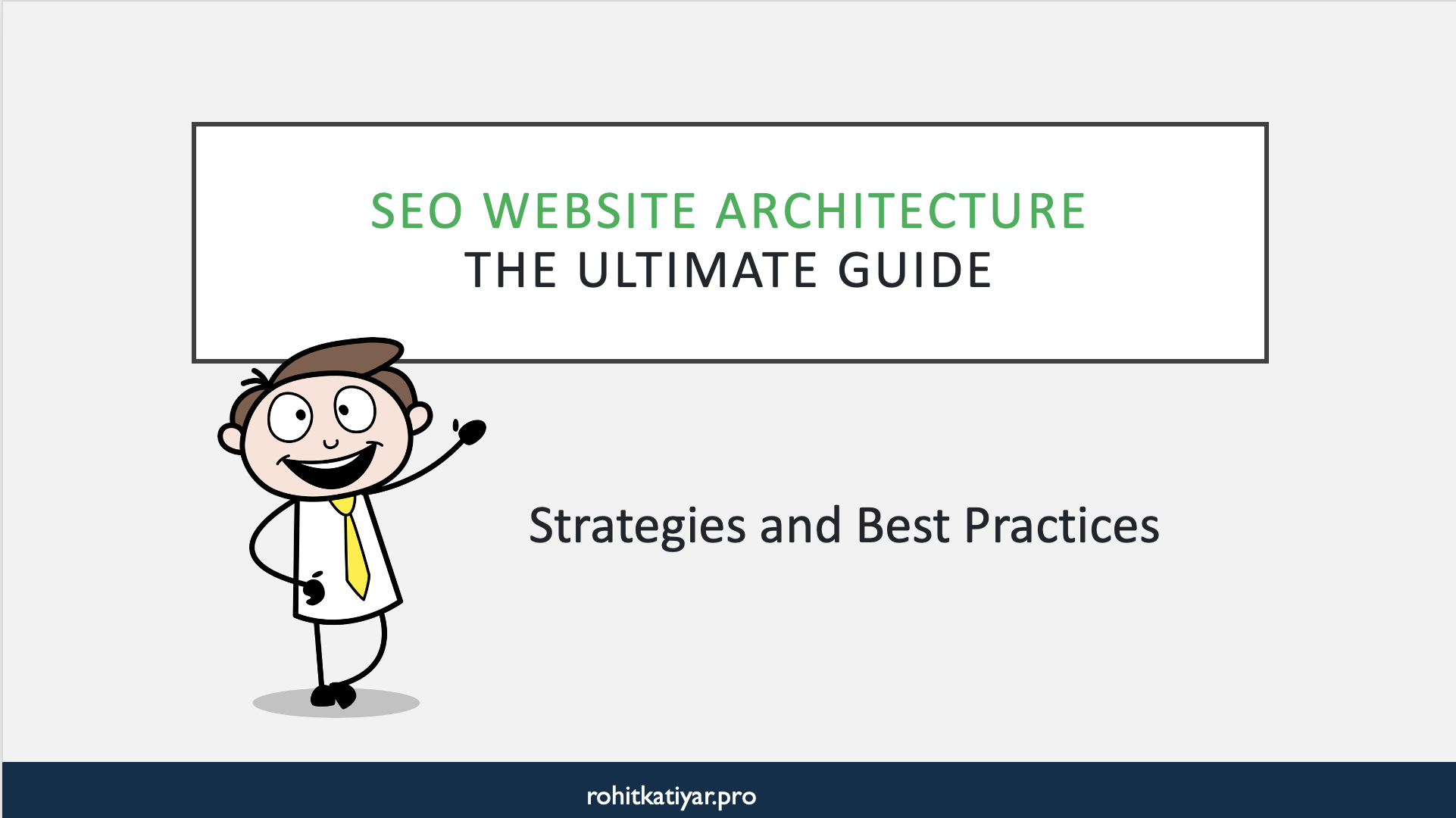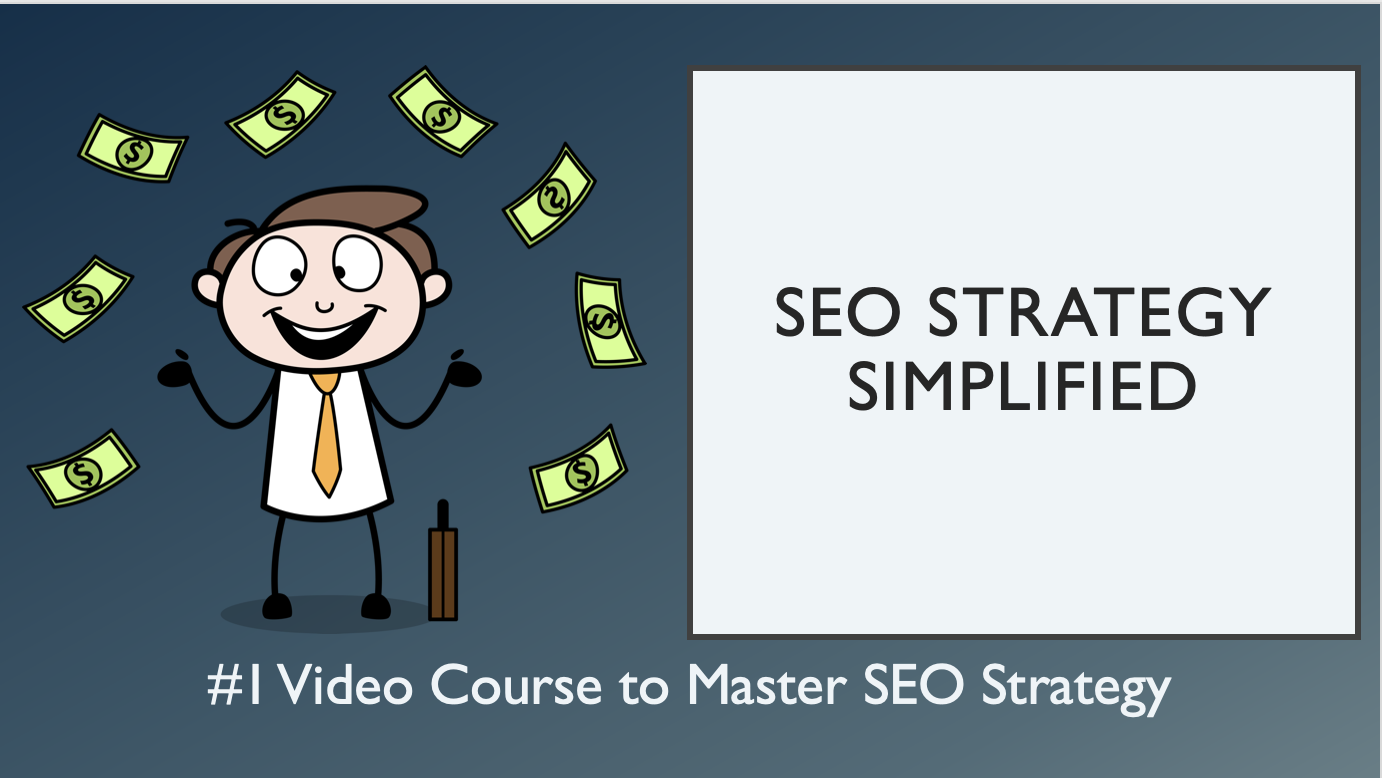SEO Website Architecture: The Ultimate Guide

A thoughtfully designed website architecture is a game-changer for achieving SEO success! making your content easy to find, user-friendly, and optimized for both users and search engines. This guide will walk through the essential principles, strategies, and best practices for designing an SEO-friendly website architecture based on the proven hub-and-spoke (pillar cluster) model.
Table of Contents
What is SEO Website Architecture?
SEO website architecture refers to the way pages are organized, linked, and categorized on a site, with a focus on optimizing user experience, search engine crawlability, and topical authority.
Why It Matters for SEO
- Improves Crawl Efficiency: Well-structured sites help search engines find and index your pages quickly.
- Enhances User Experience: Intuitive navigation leads to longer sessions and more engagement.
- Supports Topical Authority: Interlinks related content, sending strong signals to search engines regarding your expertise.
Key Principles of Website Structure
- Keep important pages within one to two clicks of the homepage.
- Group content by topic using clear categories.
- Use consistent, descriptive URLs and navigation labels to ensure straightforward and intuitive navigation.
The Hub & Spoke Model Explained
The recommended SEO site architecture is the Hub-and-Spoke (Pillar-Cluster) model.
Overview Diagram
Conceptual structure includes:
- Homepage: Highlights key categories and features pillar content.
- Pillar Pages (Hubs): In-depth, broad coverage on a core topic.
- Cluster (Spoke) Posts: Detailed articles linked to the pillar, targeting subtopics/long-tail keywords.
- Category Pages: Aggregate posts by broad theme.
- Tag Pages: Optional, only for unique cross-classification.
Pillar Pages (Hub Pages)
- Cover broad, high-level topics (e.g., "Remote Hiring Ultimate Guide").
- Serves as the central resource, referenced from the homepage/category.
- Internally link to all relevant cluster articles.
- Example Pillars:
- "Hiring Remote Developers Guide"
- "International Payroll Compliance 101"
- "Managing Distributed Teams"
Cluster (Spoke) Posts
- Cover niche aspects of the pillar topic (e.g., "Interview Questions for Remote Engineers").
- Always link back to the parent pillar.
- Interlink with other clusters where relevant.
- Should be accessible within one click from a major page.
Category Pages
- Organise site into logical verticals (e.g., Remote Hiring, Global Payroll, Productivity).
- Can house multiple pillar and cluster posts.
- Are indexed and crawlable.
Tag Pages
- Only used for valuable cross-grouping (e.g., "Case Studies").
- Typically set to no-index unless it is of extremely high quality.
Internal Linking Strategy
- Every cluster post must link to its pillar page.
- Categories, pillars, and clusters should cross-reference related topics to provide a comprehensive overview.
- Featured posts and resources should be linked from the Home page.
- Limit navigation depth—important pages should not be buried more than two clicks deep.
External High-Authority Linking
- Link out to authoritative third-party sources, such as industry blogs, news sites, or YouTube, when relevant.
- Mix do-follow and no-follow links as appropriate.
- Prioritise contextually relevant domains with high engagement.
Technical SEO Considerations
Crawlability
- Ensure no essential pages are blocked via robots.txt.
- Minimise crawl depth by flattening the structure.
Sitemaps
- Always submit an updated sitemap to Google Search Console.
- Ensure sitemap matches current architecture after redesigns or migrations.
Canonicals & Redirects
- Enforce HTTPS and maintain a consistent www/non-www approach.
- Use 301 redirects for old URLs after site migration.
- Apply canonical tags to avoid duplicate content issues.
Common Mistakes to Avoid
- Excessive orphan pages (no internal links).
- Overlapping or duplicate categories.
- Unstructured content without clear parent pillars.
- Spammy, irrelevant backlinks—should focus on relevant, high-quality links.

Frequently Asked Questions (FAQs)
What is a Pillar Page?
A pillar page is a comprehensive resource on a core topic, acting as the parent for a cluster of more focused articles.
How many clicks should important pages be from the homepage?
No critical content should be more than two clicks away from the homepage for the best UX and SEO.
Should all tag pages be indexed?
No. Only high-value tag pages should be indexed to prevent issues with low-quality, thin content. Others should be set to noindex.
Why are redirects necessary during migration?
301 redirects preserve SEO value from old URLs, ensuring you don't lose rankings or traffic during migrations.
How do I choose what to link internally?
Link to related content that genuinely adds value and context for users. Focus on connecting clusters back to pillars and between associated clusters.
You may also like the below Video Course

Conclusion
Implementing a robust, hub-and-spoke website architecture is vital for long-term SEO success. By organizing your content around pillar and cluster topics, leveraging internal and external links, and maintaining strong technical hygiene, you can maximize both visibility and user engagement.